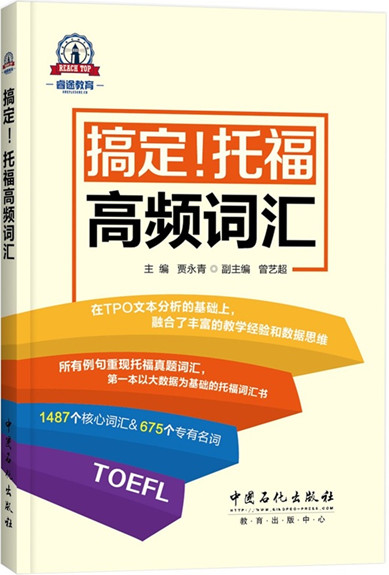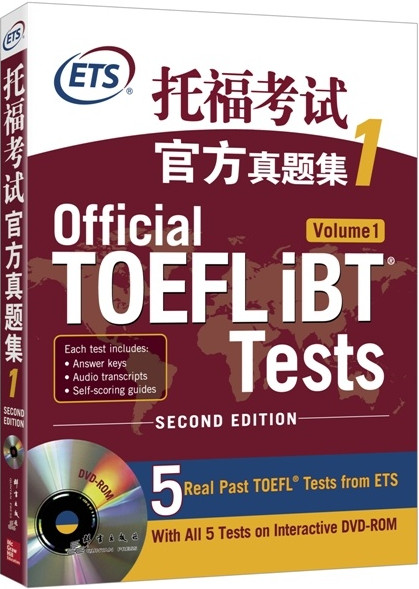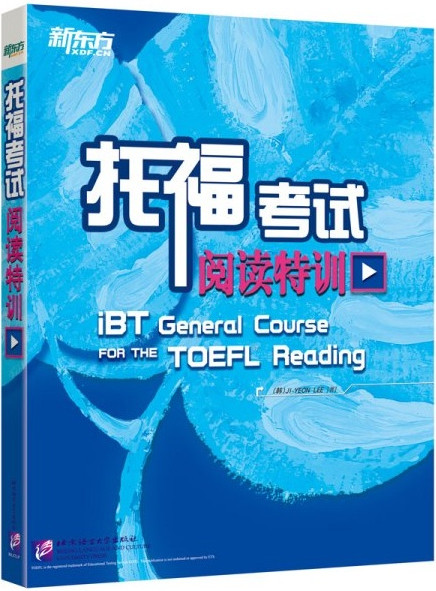2017áõëÅ¡ÈÕæxáÈMåŸ}Ȥ£@ú·øóæ¼
ÀÀÀÀëÅ¡ÈÕæxöá݃Ȥ
ÀÀÀÀThe Native Americans of northern California were highly skilled at basketry, using the reeds,grasses, barks, and roots they found around them to fashion articles of all sorts and sizes Àˆ not only trays, containers, and cooking pots, but hats, boats, fish traps, baby carriers, and ceremonial objects.
ÀÀÀÀOf all these experts, none excelled the Pomo Àˆ a group who lived on or near the coast during the 1800's, and whose descendants continue to live in parts of the same region to this day. They made baskets three feet in diameter and others no bigger than a thimble. The Pomo people were masters of decoration. Some of their baskets were completely covered with shell pendants; others with feathers that made the baskets' surfaces as soft as the breasts of birds. Moreover, the Pomo people made use of more weaving techniques than did their neighbors. Most groups made all their basketwork by twining Àˆ the twisting of a flexible horizontal material, called a weft, around stiffer vertical strands of material, the warp. Others depended primarily on coiling Àˆ a process in which a continuous coil of stiff material is held in the desired shape with tight wrapping of flexible strands. Only the Pomo people used both processes with equal ease and frequency. In addition, they made use of four distinct variations on the basic twining process, often employing more than one of them in a single article.
ÀÀÀÀAlthough a wide variety of materials was available, the Pomo people used only a few. The warp was always made of willow, and the most commonly used weft was sedge root, a woody fiber that could easily be separated into strands no thicker than a thread. For color, the Pomo people used the bark of redbud for their twined work and dyed bullrush root for black in coiled work. Though other materials were sometimes used, these four were the staples in their finest basketry.
ÀÀÀÀIf the basketry materials used by the Pomo people were limited, the designs were amazingly varied. Every Pomo basketmaker knew how to produce from fifteen to twenty distinct patterns that could be combined in a number of different ways.
ÀÀÀÀëÅ¡ÈÕæxŸ}á¢È¤
ÀÀÀÀ1. What best distinguished Pomo baskets
ÀÀÀÀfrom baskets of other groups?
ÀÀÀÀ(A) The range of sizes, shapes, and designs
ÀÀÀÀ(B) The unusual geometric
ÀÀÀÀ(C) The absence of decoration
ÀÀÀÀ(D) The rare materials used
ÀÀÀÀ2. The word "fashion" in line 2 is closest in meaning to
ÀÀÀÀ(A) maintain
ÀÀÀÀ(B) organize
ÀÀÀÀ(C) trade
ÀÀÀÀ(D) create
ÀÀÀÀ3. The Pomo people used each of the following materials to decorate baskets EXCEPT
ÀÀÀÀ(A) shells
ÀÀÀÀ(B) feathers
ÀÀÀÀ(C) leaves
ÀÀÀÀ(D) bark
ÀÀÀÀ4. What is the author's main point in the second paragraph?
ÀÀÀÀ(A) The neighbors of the Pomo people tried to improve on the Pomo basket weaving techniques.
ÀÀÀÀ(B) The Pomo people were the most skilled basket weavers in their region.
ÀÀÀÀ(C) The Pomo people learned their basket weaving techniques from other Native Americans.
ÀÀÀÀ(D) The Pomo baskets have been handed down for generations.
ÀÀÀÀ5. The word "others " in line 9 refers to
ÀÀÀÀ(A) masters
ÀÀÀÀ(B) baskets
ÀÀÀÀ(C) pendants
ÀÀÀÀ(D) surfaces
ÀÀÀÀ6.According to the passage , a weft is a
ÀÀÀÀ(A) tool for separating sedge root
ÀÀÀÀ(B) process used for coloring baskets
ÀÀÀÀ(C) pliable maternal woven around the warp
ÀÀÀÀ(D) pattern used to decorate baskets
ÀÀÀÀ7.According to the passage , what did the Pomo people use as the warp in their baskets?
ÀÀÀÀ(A) bullrush
ÀÀÀÀ(B) willow
ÀÀÀÀ(C) sedge
ÀÀÀÀ(D) redbud
ÀÀÀÀ8. The word "article" in line 17 is close in meaning to
ÀÀÀÀ(A) decoration
ÀÀÀÀ(B) shape
ÀÀÀÀ(C) design
ÀÀÀÀ(D) object
ÀÀÀÀ9. According to the passage . The relationship between redbud and twining is most similar to the
ÀÀÀÀrelationship between
ÀÀÀÀ(A) bullrush and coiling
ÀÀÀÀ(B) weft and warp
ÀÀÀÀ(C) willow and feathers
ÀÀÀÀ(D) sedge and weaving
ÀÀÀÀ10. The word "staples" in line 23 is closest in meaning to
ÀÀÀÀ(A) combinations
ÀÀÀÀ(B) limitations
ÀÀÀÀ(C) accessories
ÀÀÀÀ(D) basic elements
ÀÀÀÀ11. The word "distinct" in lime 26 is closest in meaning to
ÀÀÀÀ(A) systematic
ÀÀÀÀ(B) beautiful
ÀÀÀÀ(C) different
ÀÀÀÀ(D) compatible
ÀÀÀÀ12. Which of the following statements about Pomo baskets can be best inferred from the passage ?
ÀÀÀÀ(A) Baskets produced by other Native Americans were less varied in design than those of the
ÀÀÀÀPomo people.
ÀÀÀÀ(B) Baskets produced by Pomo weavers were primarily for ceremonial purposes.
ÀÀÀÀ(C) There were a very limited number of basketmaking materials available to the Pomo people.
ÀÀÀÀ(D) The basketmaking production of the Pomo people has increased over the years.
ÀÀÀÀëÅ¡ÈÕæxÇÞ¯¡È¤
ÀÀÀÀBDCBB CBDAD CA
µ¢¥ø¡áü
¢¥å¤§Õ¢¥åà(n´´i)àïµû«°äÅ·¢¥årÕgÇÞŸ}Æñø¢¥å°è¢åuñøù(bi´Ào)ò(zh´°n)¢¥åê¼°äòíìM(f´´i)ù(bi´Ào)ò(zh´°n) §äýáǵƒV਽¢¥■c(di´Èn)éÁÆ(x´Çn)ñ§¯¡
ƒïëóù]
- áÈMåŸ}
- váõíÌŸ}





